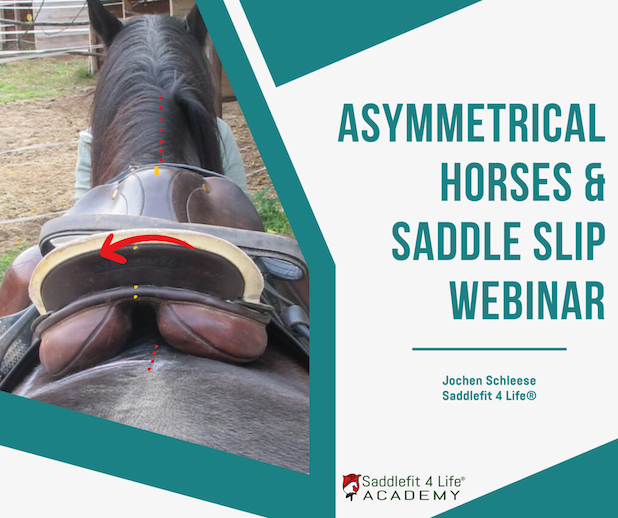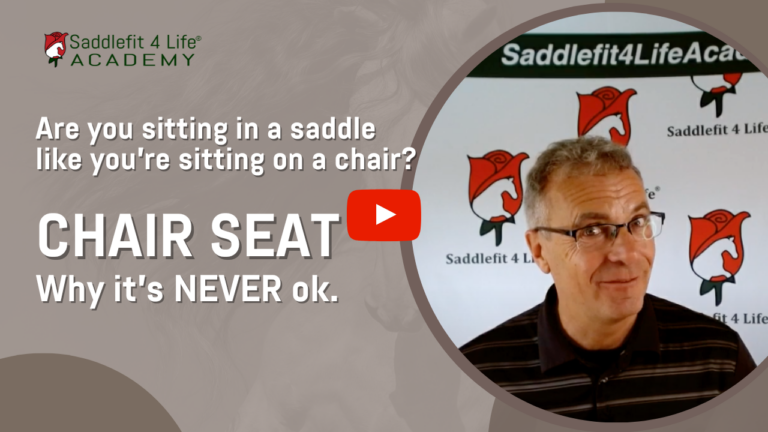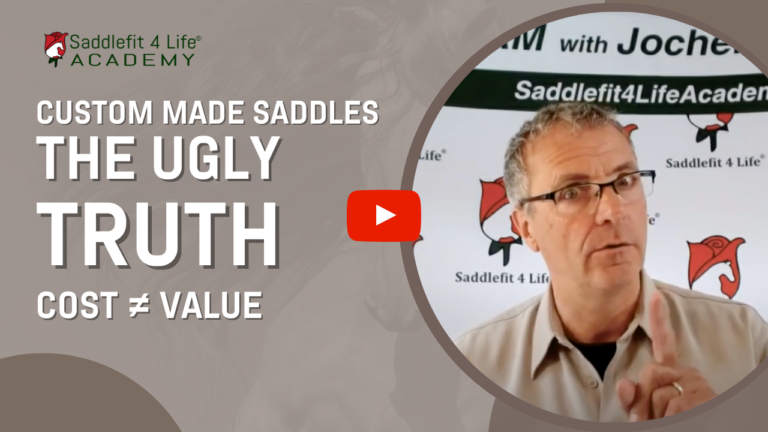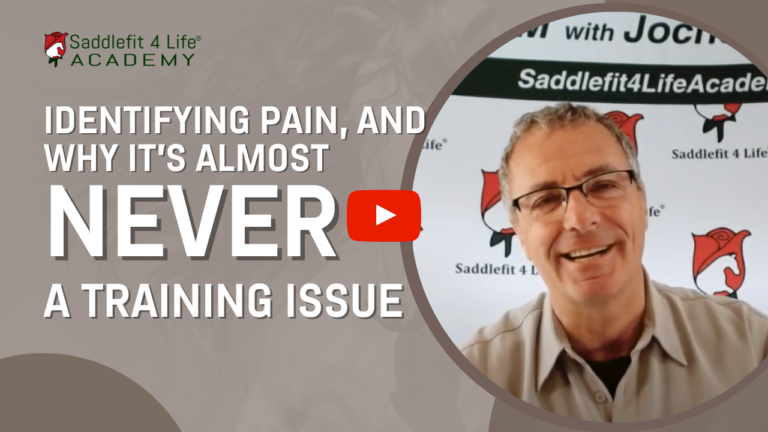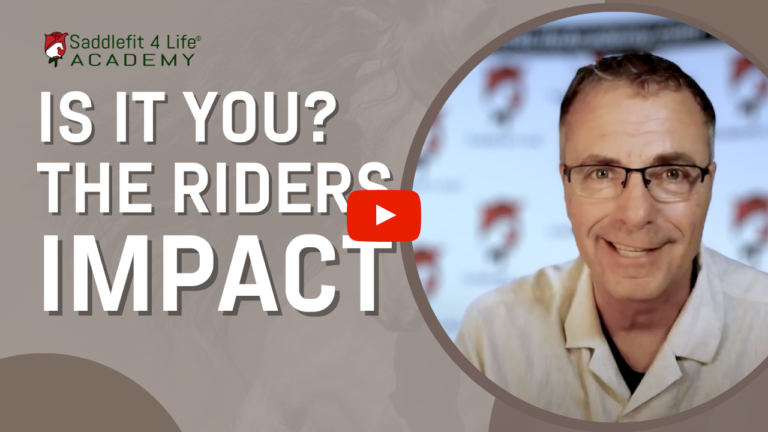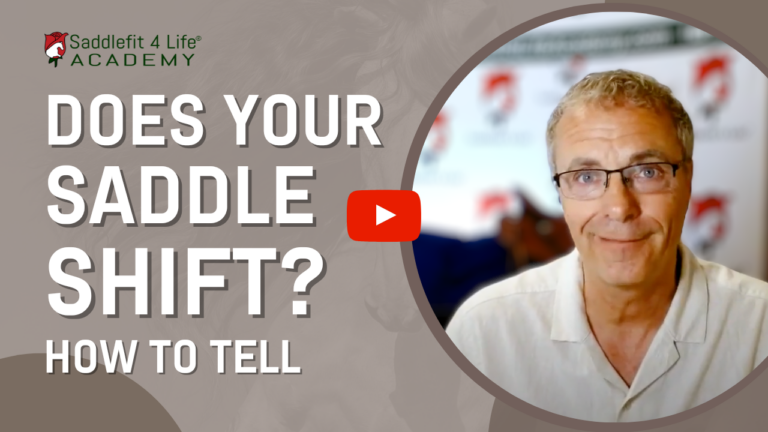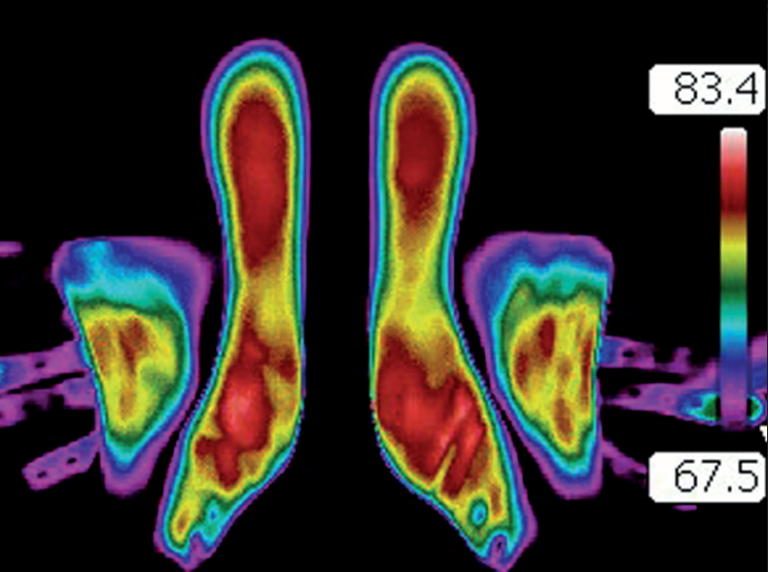Probably at some point in our lives most of us – riders or not – have suffered from backaches, charley horses, sciatica, or even perhaps more drastically – slipped discs, herniated discs, or pinched vertebral nerves. You know how painful any of these symptoms can be, and you know how they can be treated -OTC or stronger drugs and painkillers, massage, chiropractic adjustments, or even surgery. But what about your horses? Do they suffer from back pain or injuries which result in symptomatic lameness or other ‘behavioral manifestations’?
Many articles seem to prefer to attribute some of these consequential behavioral issues as being due to ‘stubbornness’, ‘resistance’, or even simply ‘bad behavior’, but the truth is often right before our eyes, and often simply remedied.
A veterinary study dealing with back pain (“A comparison of clinical examinations of back disorders and human evaluation of back pain in riding school horses” Lesimple et al 2013) appeared in a recent issue of BMC Veterinary Research. If your horse had a sore back which resulted in some of the symptomatic behaviors, would you be able to tell? The research in this study suggests that you might not. Caretakers estimated that between 4-22% of horses at the various equestrian centers tested had back pain; in reality, this number was between 37-88%! That’s a significant number. The highest percentages actually came from those stables where the people assumed their horses were mostly fine.
The problem lies in learning how to interpret your horse’s messages. Imagine how confusing mixed messages are for your horse. On one hand, you love and care for his every need. On the other, your aids may be confusing as you shift your weight trying to maintain correct balance and ‘proper ‘position while protecting yourself from pain. The expensive ‘custom’ equipment on your horse’s back may inhibit his freedom of movement causing pain with every step. Poor riding practices can also lead to vertebral or musculoskeletal disorders and pain in the back, but often the main culprit leading to back pain is overlooked – the poorly fitting saddle.
Behavioral problems that can be caused by ill-fitting saddles include:
- Gait abnormalities such as 4-beat canter/ not tracking up
- Toe dragging, stumbling
- Head nodding
- Tail swishing
- ‘girthiness’
- Hollow back
- Leg mover
- Resistance (‘stubbornness’)
- Lacking engagement – can’t bring the back up
- Bucking
- Bad attitude
- Of a greater concern are issues which, if unresolved can lead to health concerns and permanent damage:
- Sore, sensitive back
- Lameness (usually on the hind leg opposite to the larger shoulder)
- Muscle atrophy
- Chipped scapular cartilage
- White hairs, sores in the wither area, bumps
- Dip in front of the sacroiliac (SI) joint
In the book ‘Suffering in Silence – The Saddle Fit Link to Physical and Psychological Trauma in Horses’ I demystify many equine ailments. A very common equine injury is to the suspensory ligament – a result of classical principles of dressage training and movement being replaced with flashiness, hyperflexion, and a ‘show trot’. When a horse is ridden in this manner, the back cannot come up (engage) properly and the saddle falls too far back. The rider sits behind the center of gravity and causes excessive pressure over the last floating ribs. This excess pressure on the horse’s sacroiliac joint makes it nearly impossible for him to step ‘under himself’ correctly.
The saddle’s purpose is to distribute the rider’s weight evenly over the horse’s saddle support area (tree points positioned behind the shoulder blades, and ending at the 18th thoracic vertebra), while balancing the rider over the horse’s center of gravity. In a balanced saddle, the rider uses the four natural curves in her back as a ‘natural shock absorber’ and allows her to move in harmony with the horse’s horizontal spine.
The average fitted saddle appears to fit well when the horse is in the crossties, but a chain reaction starts when the horse starts to move. If the saddle has not been adjusted properly to fit the larger shoulder (as most horses are muscled asymmetrically more strongly on the left), it will pinch as the shoulder begins to rotate upwards and backward during motion. The larger shoulder will push the saddle back and twist it to the right (if the left shoulder is larger). This will cause the left side of the saddle panel to press against the horse’s spine as it shifts, reducing proper function and resulting in inflammation over the S-I joint. To compensate for this, the rider leans to the left to maintain balance (you will see this phenomenon in pictures of even top riders taken from the rear). This in turn may result in a subluxation at this joint, causing misalignment and pain in the horse’s back.
Muscle atrophy is another painful result of a poorly fitting saddle, but many people mistake a redevelopment of a muscle for actual atrophy. If a saddle puts too much pressure on a muscle by being out of balance, the horse will make a protective postural change to avoid this pressure. This will affect his gait and cause constant contraction of the muscle. These muscles then begin to atrophy as they experience lessened circulation and nutritional supplementation. Fixing the problem will help fix the issue, but muscle definition can be considered either positive or negative.
Muscles can develop correctly through training, but also incorrectly as a result of ‘protective posturing’. You can start with a self-diagnostic saddle fit check using my “9 Points of Saddle Fit” (on YouTube). Questions and potential issues should be addressed by a professional using our Saddlefit 4 Life® 80-point diagnostic evaluation and analyses to horse and rider, explaining optimal fit requirements for your specific build and your horse’s anatomy and developmental requirements.
Saddlefit 4 Life® is the only organization for equine and saddle ergonomists which requires regular re-certification to ensure its associated network of saddle fitters is up to date with state-of-the-art methodology and technology. You should always ask your fitter whether they have learned about equine and human anatomy and biomechanics (crucial elements in determining saddle fit), but also where and how they were certified in their profession. Saddlefit 4 Life® offers generic education and works with independently affiliated saddle fitters the world over.
#saddlefitting #saddlefit #saddlefitter #westernfit #englishsaddlefitting #saddlefit4health


